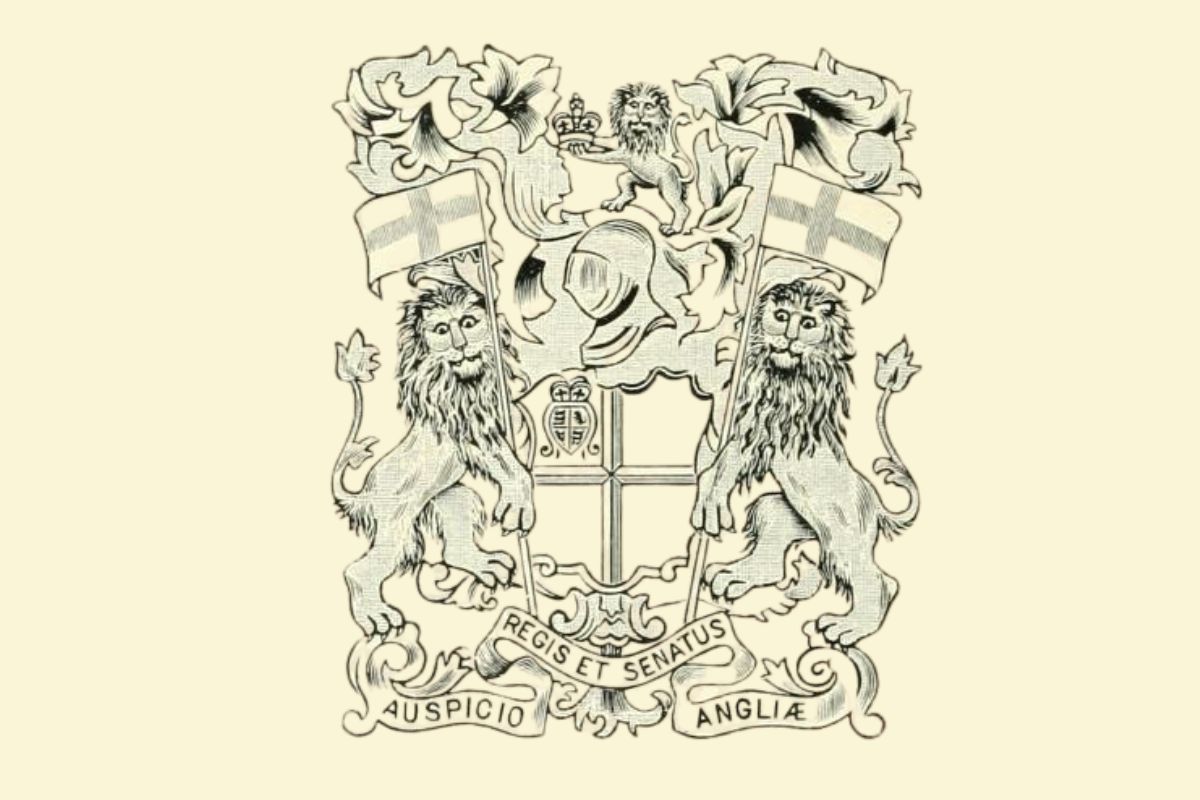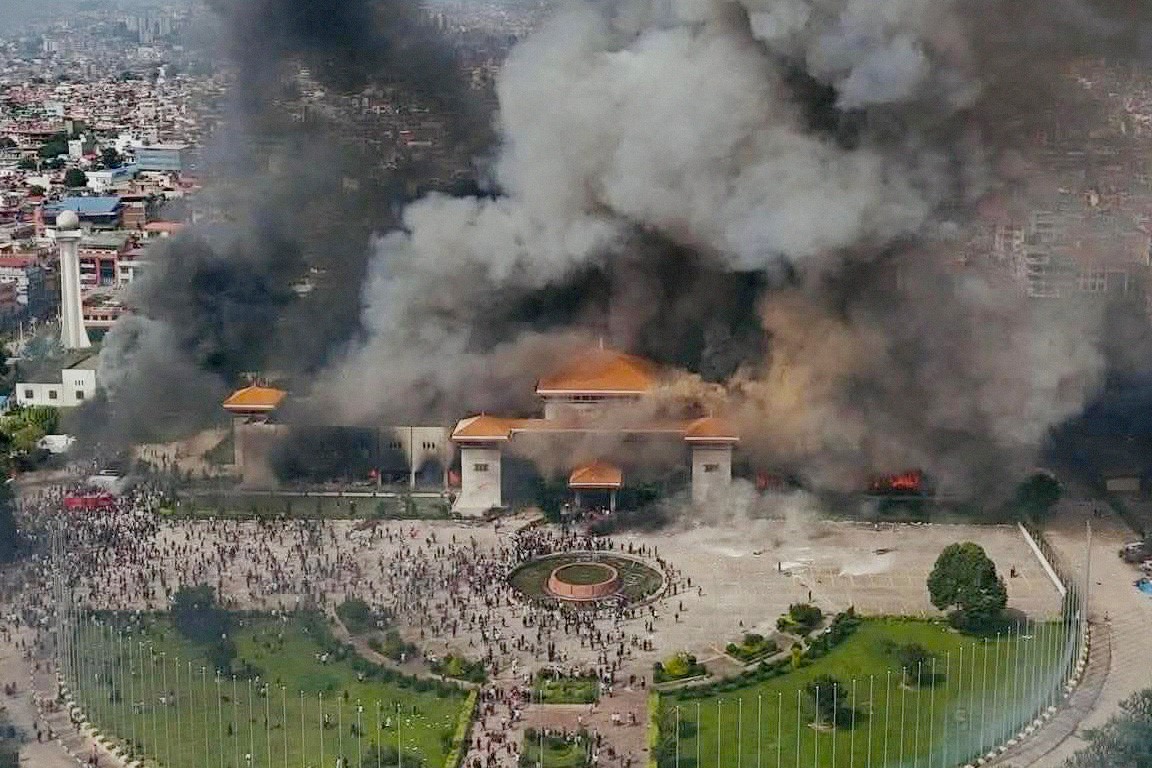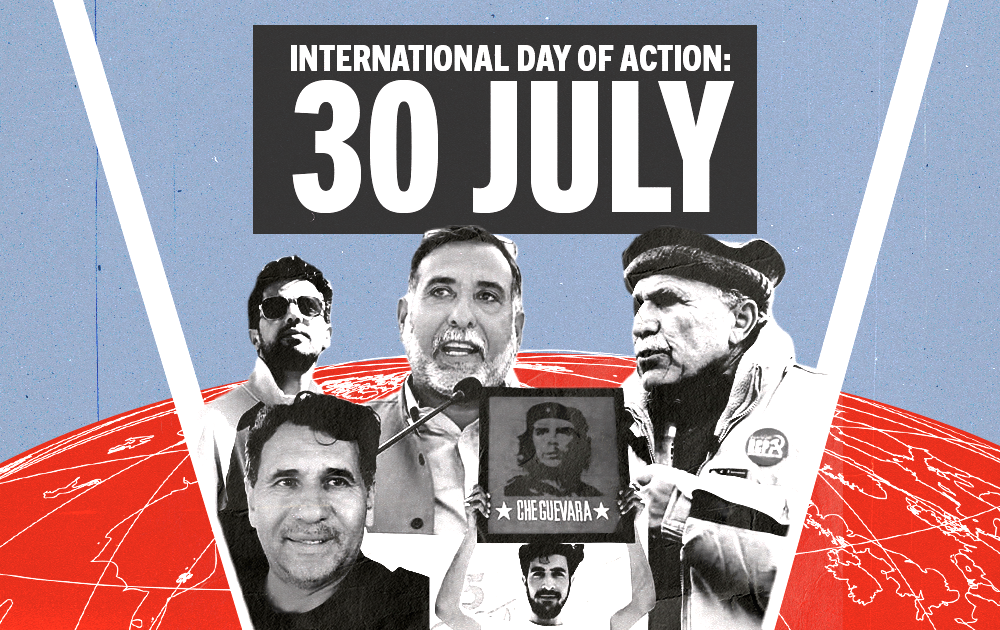A recent investigation has estimated that over 100 million were killed in India by British imperialism between 1880 and 1920, revealing the sheer scale of capitalism’s crimes.
The headbangers at the helm of the Tory Party have, in recent years, been at pains to stress the positives of the British Empire.
Figures like Kemi Badenoch have claimed that the Empire achieved many ‘good things’. Arch-tax-dodger Nadhim Zahawi has gone a step further, meanwhile, calling for this line to be pushed in school curriculums.
Similarly, last week, the Conservative Association at King’s College London provoked a furore on campus by attempting to host a public debate on a scandalous motion which proposed that “This house would restore the British Empire”.
All of this represents another salvo in the culture war that the Tories are desperately waging; an anxious response to movements like Black Lives Matter, which have helped to reveal the truth about Britain’s racist colonial past.
But no matter how much the apologists of British imperialism try to rewrite history, the fact is that capitalism – in the words of Lenin – is “horror without end”.
Wealth and misery
English imperialism first established a base in India in the 17th century alongside the Dutch, Portuguese, and French. This coincided with the ascendancy of mercantile capitalism in western Europe.
The primary interest for European merchants was to become the main conduit of trade for Indian commodities, as opposed to the traditional Silk Road. In 1700, India’s share of world GDP stood at 27%, and the subcontinent was exporting large amounts of goods to Europe.
As capitalism developed in Britain, accelerated by the triumph of the nascent bourgeoisie in the English Civil War, this mercantilism was increasingly replaced by a desire to profit from investment in production.
Reflecting this, Britain’s policy towards India was dramatically transformed, becoming much more aggressive. Instead of facilitating the export of Indian commodities, the British bourgeoisie sought to dominate markets and manufacturing.
In 1660, King Charles II granted the East India Company – which had been operating since 1600 – the right to autonomously seize territory. Within six years, the Company was waging war on the Mughal Empire in order to annex new lands.
The next century saw the East India Company forcibly integrate India into the developing capitalist world market, with devastating consequences for the Indian masses. GDP per capita, for example, fell by 26% from 1600-1820 – the period in which Britain consolidated its rule over the subcontinent.
The British bourgeoisie’s colonisation of India brought them unprecedented riches. Investors received 40% dividends on their outlays. At the same time, immense misery was heaped upon the masses of India.
As Marx noted in Capital: “Accumulation of wealth at one pole is, therefore, at the same time accumulation of misery, agony of toil slavery, ignorance, brutality, mental degradation, at the opposite pole.”
‘Civilising mission’
 The colonisation of India was driven by the British capitalists’ unquenchable thirst for profits. Yet the violent conquest of well over 160 million people had to be justified morally. Even the cold, callous capitalists were not willing to openly admit that they were simply there for plunder.
The colonisation of India was driven by the British capitalists’ unquenchable thirst for profits. Yet the violent conquest of well over 160 million people had to be justified morally. Even the cold, callous capitalists were not willing to openly admit that they were simply there for plunder.
So it was that the notion of a ‘civilising mission’ was developed.
Liberal bourgeois figures like John Stuart Mill and Jeremy Bentham championed Britain’s vast colonial empire as a force for civilising ‘savages’, who they otherwise considered to be incapable of development.
These same views would come to provide an ideological justification decades later for the ‘scramble for Africa’. Such reactionary attitudes were exemplified by the colonial governor of Nigeria, Frederick Lugard, who wrote that Africans held “the position of a late-born child in the family of nations, and must as yet be schooled in the discipline of the nursery”.
This racist rhetoric was nothing but a fig leaf for the ruthless interests of imperialism. Far from bringing civilization to their colonies, the British ruling class were locusts, leaving behind them a trail of destruction and devastation.
The fruits of British imperialism’s ‘civilising mission’ led to India’s share of global GDP declining from around 27% to just 4% by the time the country officially gained independence in 1947. This was not accidental.
In 1840, the chairman of the East India and China Association boasted to the English Parliament: “This company has succeeded in converting India from a manufacturing country into a country exporting raw produce.”
The imperialists deliberately smashed the Indian manufacturing industry, for example, so that British textiles could become dominant, utterly retarding the continent’s economic development.
This was what British imperialism’s ‘civilising’ in India meant in reality: the deliberate destruction of the productive forces, throwing Indian society back centuries.
Starved for profit
India’s deliberate underdevelopment was essential to Britain’s rise to become the leading capitalist power.
The British bourgeoisie obtained an immense market for their commodities, whilst also securing access to many of the raw materials needed to produce them. In the process, British capitalism escaped the confines of its own domestic market, accelerating its industrialisation.
Coupled with the throttling of Indian manufacturing was an equally pernicious policy of levying taxes on the people of India, and then buying up locally-produced commodities at discount prices.
As a result, British colonialists were able to syphon goods out of the country – buying cheap in India and then selling dear back in the metropole or on the world market, leading to an enormous drain of wealth from the continent.
The looting of India also extended to its agricultural produce, with truly horrifying ramifications.
Just as in Ireland in the 1840s, the British imperialists continued to export food from their colonies with complete indifference to the situation inside these countries. The impact, in both India and Ireland, was repeated bouts of entirely avoidable mass starvation – the social murder of millions.
One study by researchers Jason Hickel and Dylan Sullivan reveals the devastating impact of British rule in India. From 1880 to 1920 the mortality rate rose by 19%; life expectancy plummeted to just 22 years; and excess deaths rose to an estimated total of 165 million.
165 million people, in other words, were sacrificed on the altar of profit. This catastrophe is without comparison. And its effects continue to be felt today.
Average height, for example, is an indicator of general wellbeing amongst human populations. A reduction in heights indicates malnutrition and / or poor living conditions. One study assessing the size and stature of people in India’s ancient Harappa civilization (from around 2000–1000 BCE) revealed that modern-day Indians have a lower stature than their ancient ancestors.
Blood and gold
The abhorrent crimes of British imperialism in India were by no means unique – although the scale is unrivalled.
The same report by Hickel and Sullivan also highlights the impact of Britain’s policy in China. The violent incorporation of China into the capitalist world market through the First Opium War (1839-42) led to a collapse in living standards for the Chinese masses. Incomes were pushed well below extreme poverty levels, leading to surging mortality.
Similarly, the Black Lives Matter movement has helped to shine a light on Britain’s involvement in the Atlantic slave trade – most notably when activists in Bristol toppled the statue of slave trader Edward Colston.
Such crimes were by no means a preserve of the British, however. The Spanish conquest of the Americas (covered in great detail in the latest issue of the In Defence of Marxism theoretical magazine), for example, came with similarly atrocious consequences.
We are proud to announce the release of the Winter 2023 issue of In Defence of Marxism, the theoretical journal of the IMT.
The theme throughout this issue is the decline of feudalism and the birth of capitalism, with a featured article on the Spanish conquest of the Americas. pic.twitter.com/JzoS3Yq3zC
— Socialist Appeal (@socialist_app) January 17, 2023
Over 90% of the population were wiped out by disease, war, and famine in Mexico, for instance. Over the course of the 16th century, Mexicans could only afford to consume an average of 1000 calories a day, leading to widespread hunger and destitution.
Perhaps most damning of all, the aforementioned academic research finds that real incomes in Mexico today are lower than they were 330 years ago. This is a country that between 1960 and 2020 saw its GDP per capita increase by a factor of over 24 times.
As is always the case under capitalism, the vast majority of wealth created by the working class has been appropriated by bloodsucking bourgeois parasites – leaving the masses impoverished amidst plenty.
Workers of the world
The one progressive element to come out of all this horror is that capitalism has laid the basis for a new society.
The development and integration of a world market was a catastrophe for the masses of Africa, Asia, and Latin America. Yet this same process has also proletarianised billions.
The result is that, today, the international working class is stronger than it has ever been. As Marx wrote, capitalism “produces its own gravediggers”. And this has been true not just for Europe, but for the entire planet.
Today, as millions join the class struggle, the toilers of the world – if organised and mobilised – have the potential power and strength to put an end to this murderous, barbaric system. In the words of the Communist Manifesto: Workers of all countries – unite!





